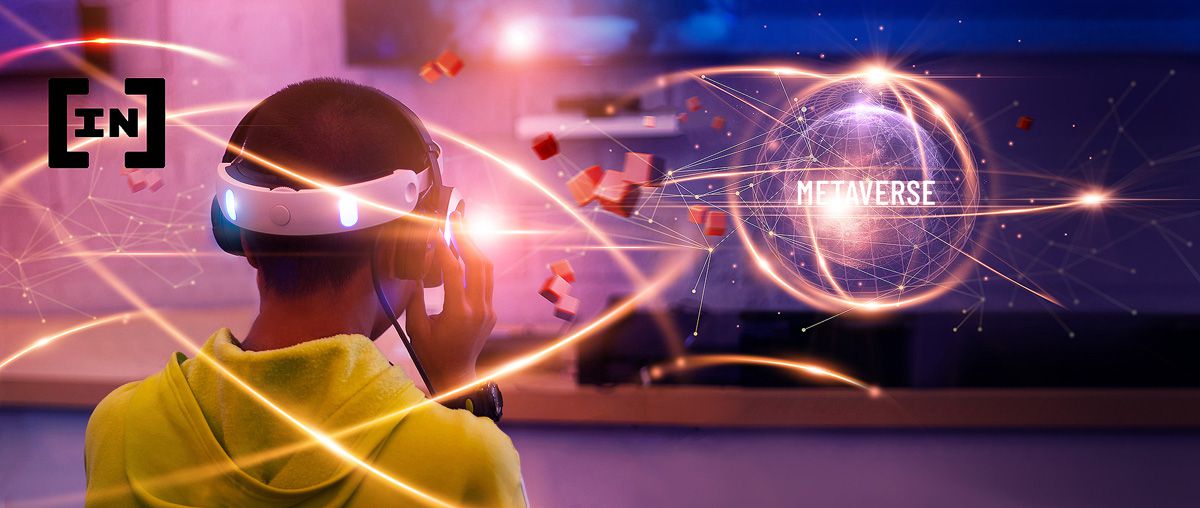
The metaverse promises almost untold excitement, touted as the last frontier, using VR headsets to travel through a virtual universe.
But amid the excitement, experts warn vulnerable groups face an even greater threat. The immersive and consumer nature of virtual reality is more dangerous than other digital forms, and their security may be at risk.
Nina Jane Patel is a psychotherapist who conducts research on the metaverse.
She has direct experience of sexual violence in the virtual environment. The 43-year-old mother of four recently revealed her “surreal nightmare” of being “gang raped” in virtual reality.
“You are literally stepping into a 360-degree digital environment,” Patel told The Independent.
“VR was designed to be as real as possible. it’s like inviting someone into your living room. The breach looks more acute than it would on a social media platform.
Patel wrote in a Medium post how she was harassed in a Facebook Horizon Venues metaverse.
“I was verbally and sexually harassed within 60 seconds of joining. Three or four male avatars practically raped my avatar and took pictures. As I tried to run away, they yelled, ‘Don’t pretend that you didn’t like it” and “go and try your hand at the photo”.
How might risk escalate in the metaverse?
It all depends on how the space is governed. Social interaction digitally is relatively easy to avoid at present. If someone sends you a friend request or finds your number and messages you, you can easily block them.
But in the metaverse, an undesirable individual could intrude on your virtual personal space. With the developments in haptic gloves, it is not fanciful to think that harm could become physical.
Inevitably with technology, some bad actors will hijack it for profit.
Kavya Pearlman, CEO of XR Security Initiative (XRSI), provided proof-of-concept research that shows how an attacker could manipulate a VR platform to reset the hardware’s physical boundaries, according to TechTarget.
For example, a user could be pushed into the path of furniture or down a flight of stairs.
This could become even more dangerous as augmented reality enters the scene, and users could potentially be misdirected down a street or drawn into a dangerous physical situation, such as robbery or mugging.
Pearlman said that while working in VR, she would experience a feeling called “phantom timeline syndrome” where the lines between the virtual world and physical world became blurred.
“You can’t tell reality from virtual reality,” she said. “You come out of VR and you still feel like everything around you is VR.”
Is there cause for alarm?
Many countries are pushing for new laws and regulations. Some, like the UK, Canada, India, and Germany, have already outlawed image-based sexual abuse, where private pictures are shared without consent.
“Our society says we’re going to protect children in the physical world, but we haven’t seen that the same way on the digital side yet,” said Steven J. Grockiof the US Department of Justice.
The key to bringing governance to the metaverse will be updating existing laws and adapting them to a digital context.
Organizations such as Access Now and the Electronic Frontier Foundation are calling on governments and other stakeholders to address human rights in the context of virtual and augmented reality.
A spokesman for Access Now said: “Our XR (extended reality) data should be used in our own interests, not to harm or manipulate us.
“The future is tomorrow, so let’s make it a future we want to live in.”


















